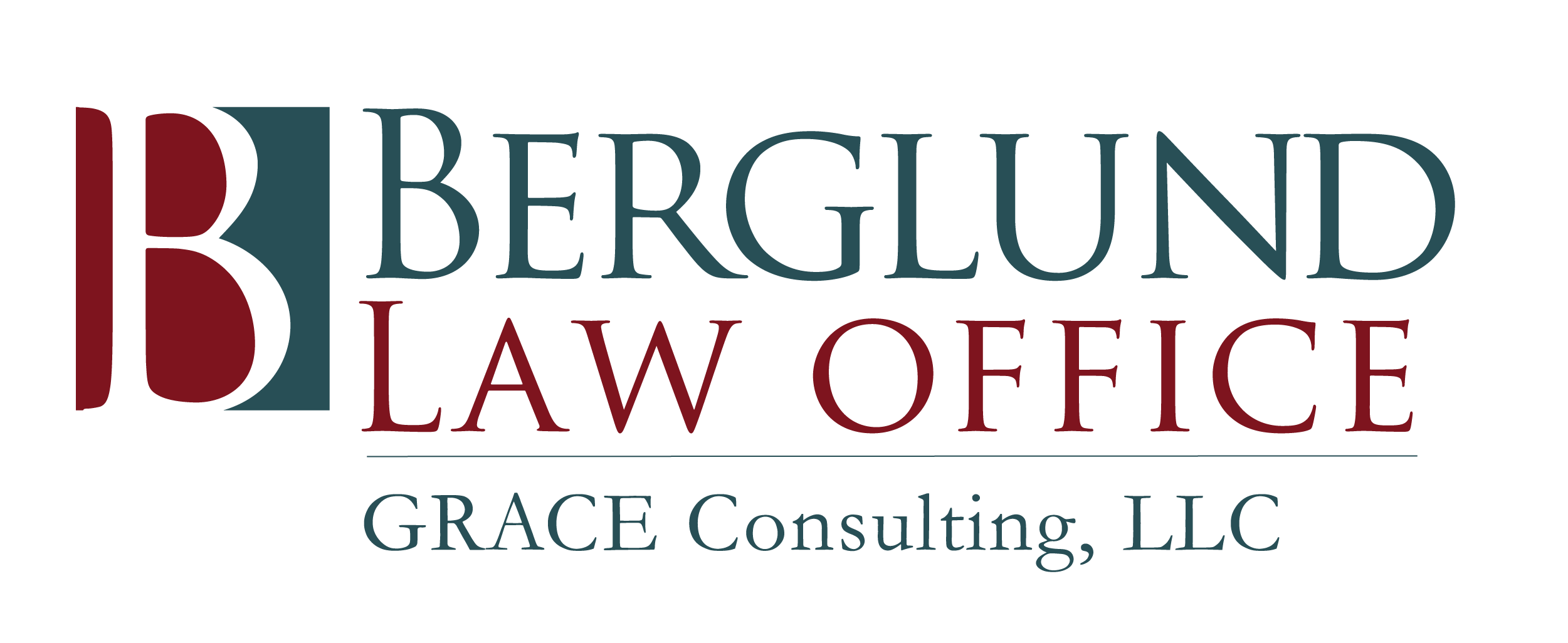
In recent years, HUD reverse mortgage standards have changed. HUD HECM standards have changed during the past decade as a result of massive program losses following the 2008-2009 real estate crash. To cut losses in 2013, HUD limited the amount that HECM borrowers can obtain from a property. HUD also limited the amount of cash that borrowers can withdraw from an HECM during the first year.
In 2014, HUD established a “residual income” requirement similar to the traditional VA mortgage program. The residual income standard means that after basic expenses, reverse-mortgage borrowers must have enough cash left over to pay monthly living costs, including property taxes and insurance.
In 2017, HUD reduced the amount reverse borrowers can finance. AARP reported that “a 62-year-old borrower getting a reverse mortgage with a 5 percent interest rate would be able to draw 11 percent less money from a home” than under the old rules. The 2017 rules also changed premium costs. “The new rules,” said AARP, “require higher initial premiums in most cases but lower annual premiums in subsequent years.”
In 2018, HUD created a new rule which allows it to require two appraisals for properties it regards as too risky. In other words, it wants to make sure that a property has sufficient value to repay a reverse loan in the case of foreclosure. The loan will be based on one of the two appraisals, whichever is lower.
In 2019, HUD tightened financial assessment standards. Lenders are now required to review tax returns, bank accounts and similar information to assure that borrowers can pay ongoing housing costs. If the assessment is insufficient, the lender must then set aside HECM money to assure that tax and insurance bills are paid.

HUD has substantially reduced reverse mortgage losses. In fiscal year 2018, the HECM reserve was down $13.63 billion. By fiscal year 2019, the potential loss had been reduced to $5.92 billion. It is possible that reserve losses might actually be wiped out in fiscal year 2020 if claims continue to fall and home prices remain at least stable.
Under the federal rules, survivors are supposed to be offered the option to settle the loan for a percentage of the full amount. Instead, according to interviews with more than four dozen housing counselors, state regulators and 25 families whose elderly parents took out reverse mortgages, reverse mortgage companies are increasingly threatening to foreclose unless heirs pay the mortgages in full.
Reverse mortgages can be expensive and confusing for elderly homeowners, as they are different from traditional mortgages. Also, a reverse mortgage can sometimes deplete all of the equity in the homes if the homeowners extend the reverse mortgage over too long of a period. This often arises where the homeowner takes a reverse mortgage on an assumption of life expectancy, but survives well past the expected mortality date.

REVERSE MORTGAGE MATH:
If you borrow $100,000 with a reverse mortgage, your required monthly payments for principal and interest are zero.
How is this possible?
With a traditional $100,000 mortgage, the borrower pays $443.48 each month. Of this amount $160.15 is paid toward principal in the first month to reduce the loan balance. The rest of the payment – $283.33 – is interest, or what the lender charges you for loaning you money.
In the second month the debt has been reduced to $99,839.85. The borrower owes less. The monthly payment is still $443.48 but now the interest cost has been reduced to $282.88 while the principal payment has grown to $160.60.
With a reverse mortgage the process is, well, reversed.
For purposes of illustration, we again start with a $100,000 mortgage at 3.4 percent. But, instead of making a $443.48 payment each month the borrower pays nothing. This does not mean the loan is free. Instead, the interest cost – $282.88 — is added to the mortgage debt. In the second month the debt grows to $100,282.88. Since the loan balance is a little bigger, in the second month the interest cost is a touch higher. This process continues each month until the loan ends.
